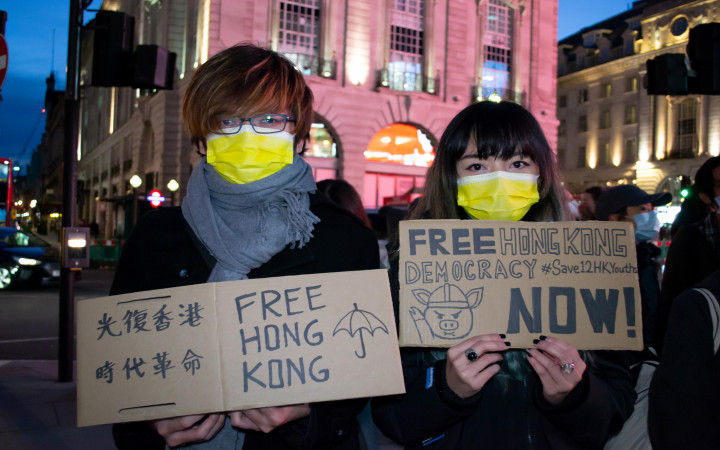Today’s Wonder of the Day was inspired by Elsa from Pleasanton, CA. Elsa Wonders, “What is the Hong Kong Protest?” Thanks for WONDERing with us, Elsa!
Do you keep up with the news? Maybe you read the local paper with your family. You might watch national news on T.V. If you use the Internet, you can learn about events happening all over the world.
Not everything makes worldwide news, though. Only major events that affect many people catch global attention. One example is the Hong Kong protests that began in 2019.
What caused the Hong Kong protests? To answer that question, we need to start with a little Hong Kong history. Some of our Wonder Friends already know that the region was once under the control of the British Empire. This lasted from 1842 until 1997 and had a lasting impact on the region.
Hong Kong was returned to China in 1997. Since then, it’s been under a “one country, two systems” form of rule. What does that mean? It allows China to control many matters in Hong Kong. However, the region handles its own economy. Hong Kong has a capitalist economy that is much different from China’s system.
People living in Hong Kong also have rights not given to those in the rest of China. This includes the freedoms of speech and assembly. Hong Kong’s separate status from China will last until 2047.
However, many people in Hong Kong believe their rights are slowly being chipped away by the Chinese government. Tension between Hong Kong and mainland China has been growing for many years. Then, in March 2019, a proposed extradition bill caused things to boil over.
With this bill, the Chinese government wanted to allow extradition from Hong Kong to mainland China. Hong Kong citizens saw this as an attack on their rights. They wanted their justice system to stay separate from China’s. Soon, protestors took to the streets against the bill.
The protestors were met by the police force. Police used many methods to quiet the protests. This included tear gas, pepper spray, rubber bullets, water cannons, and batons. Many believe this made the situation worse. Soon, people joined the protests against police violence as well as the extradition bill.
Despite the response from police, the protests continued. Many pro-democracy citizens joined to fight to stop China’s overreach on their rights as Hong Kongers. What did the protestors want? They issued five demands:
Stop describing the protests as “riots”;
Release and give amnesty to arrested protesters;
Start an independent investigation into police use of force;
Give the right to vote to everyone in Hong Kong; and
Withdraw the extradition bill.
In September 2019, the Chinese government dropped the extradition bill. The other demands went unanswered. Clashes between protestors and police have grown more violent. Some people have even lost their lives. Many people have reported violence from police during arrests. Some protestors have also taken part in vandalism.
In November 2019, many pro-democracy candidates were elected to office in Hong Kong. In early 2020, protests in the streets of Hong Kong grew smaller. People were encouraged to stay home due to the COVID-19 pandemic. However, crowds surged again in the summer of 2020, and the protests continue today.
How will the Hong Kong protests end? What will happen in 2047 when the “one country, two systems” deal is over? No one knows. Many hope that both sides will come to a peaceful agreement.
Standards: C3.D2.Civ.12, C3.D2.Civ.14, CCRA.L.3, CCRA.L.6, CCRA.R.1, CCRA.R.2, CCRA.R.4, CCRA.R.10, CCRA.SL.1, CCRA.SL.2, CCRA.W.1, CCRA.W.4, CCRA.W.7, CCRA.W.8, CCRA.W.9, CCRA.L.1, CCRA.L.2




